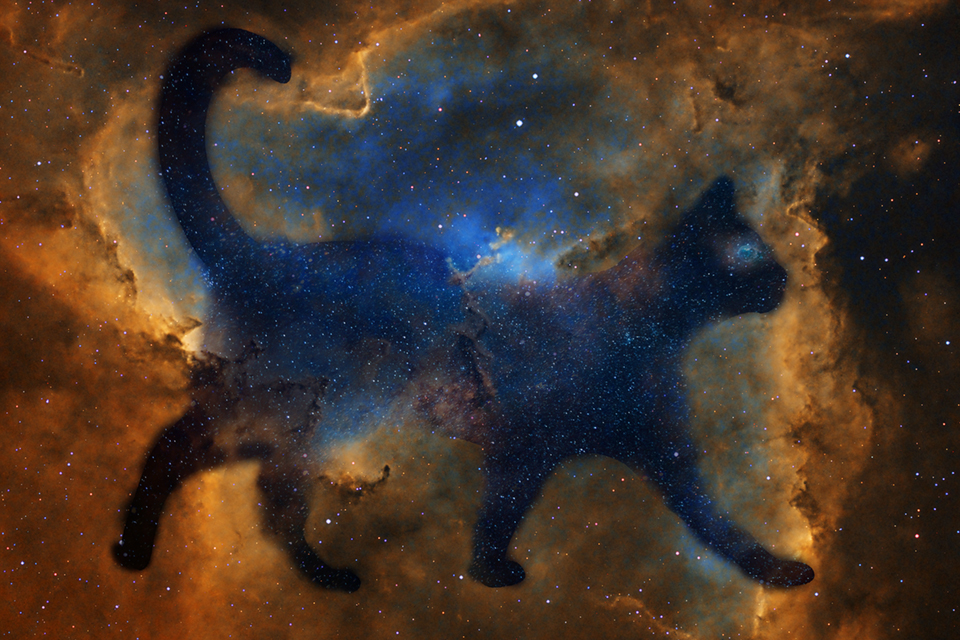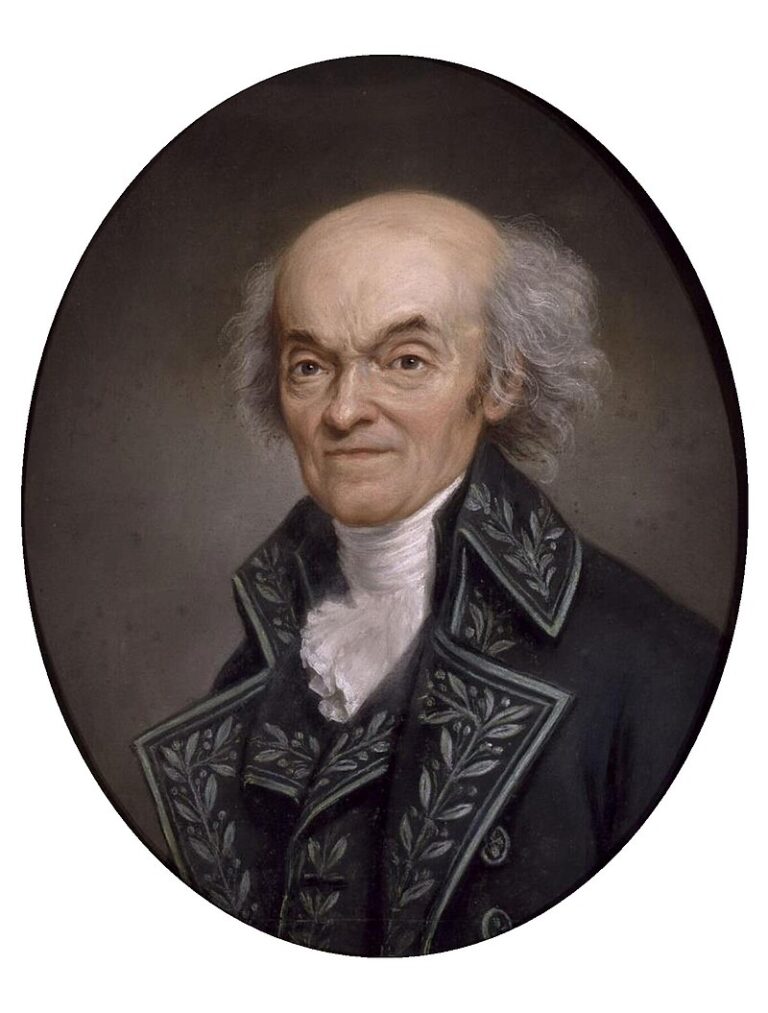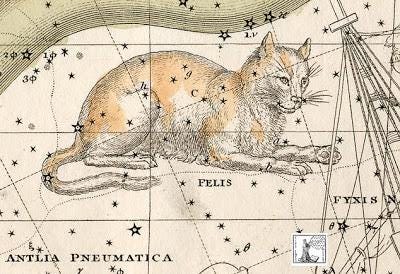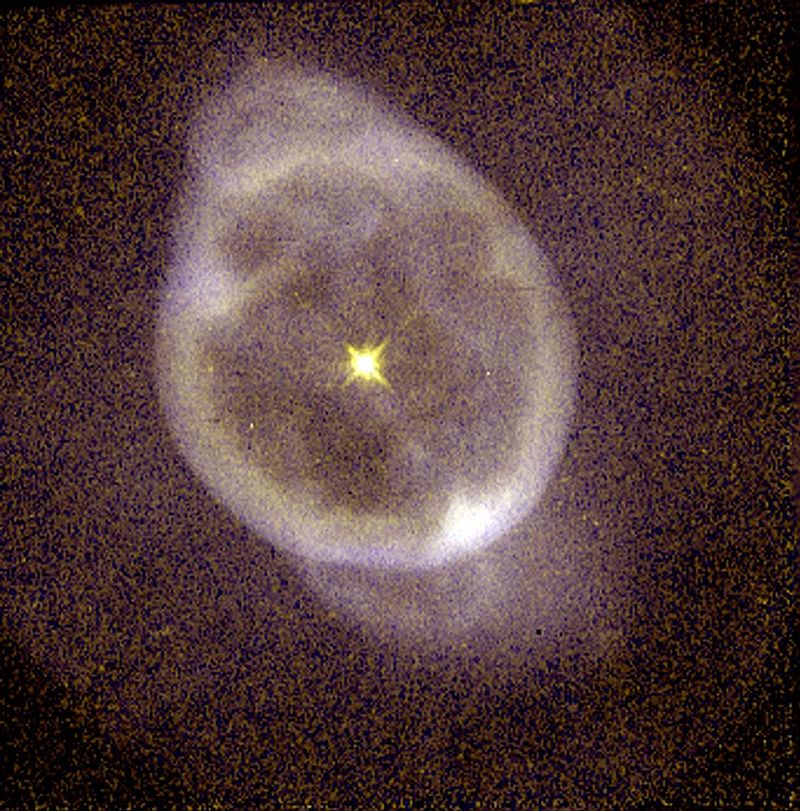Everyone loves cats. Fluffy pets live almost everywhere. Probably, the only place where you can’t meet them is the starry sky. Among the 88 modern constellations, there is none named Cat or Kitten. However, that doesn’t mean astronomers haven’t tried to place them in the sky.

Felines in the starry sky
According to the decision of the International Astronomical Union (IAU), the celestial sphere is divided into 88 constellations, some of which have quite fancy shapes and names, like “Table Mountain” or “Little Horse”! But if you inquire whether there’s a constellation called Cat among them, you’ll be surprised to find out that the main star of all social media videos is simply absent there.
At the same time, we can find dogs in the sky three times, represented by the constellations Canis Major, Canis Minor, and Canes Venatici. However, that doesn’t mean feline figures are entirely absent. We have the circumpolar constellation Lynx, the zodiacal constellation Leo, and next to it, the Small Leo.
However, it doesn’t mean that this animal was never attempted to be placed in the heavens. In 1799, the prominent French astronomer Joseph Lalande proposed a constellation that he named Felis. This is the Latin name for our domestic cats.

Where the Cat constellation is located
Lalande expressed his desire to see this constellation in the sky in a straightforward and understandable way: “I love cats very much and want their image to appear on the star map. The starry sky has excited me all my life, and now I want to make fun with it.” The old astronomer’s sentiment can be understood, as he was already 68 years old when he made this suggestion, having been engaged in astronomical observations since the age of 12 and producing a vast amount of scientific work during his lifetime.
However, not all of his colleagues appreciated his proposition. In 1801, the constellation Cat made its way into Johann Bode’s atlas “Uranographia,” and in 1822, it appeared on Alexander Jamieson’s star map. And in 1878, Angelo Secchi included it in his atlas — Angelo was the same astronomer who first observed canals on Mars. However, overall, Lalande’s joke was not well received, and in 1922, the portion of the sky where the Cat was supposed to be located was assigned to the constellation Hydra by the IAU’s decision.
In reality, there are no very bright stars in this area. The brightest star here has a magnitude of only five, which means it is barely visible to the naked eye. Nevertheless, if you have the desire, you can find the cat in the sky. However, it won’t be an easy task.

Lacaille placed the Cat between the constellations Hydra and Antlia. Both of them belong to the southern hemisphere, although they are not very far from the celestial equator. Therefore, we can see them relatively low above the southern horizon. The best time for observation is February and March. To start, you should look for the constellation Leo and its brightest star, Regulus. Moving further down towards the horizon, you can see the bright orange luminary, α Hydrae or Alphard. And a bit closer to it, almost on the horizon, you’ll find the region of the sky where the starry kitten was supposed to sit.
Cat’s Star and Jupiter’s Ghost
As mentioned earlier, even the brightest star in the former Cat constellation has only a fifth magnitude. By the way, in 2018, the IAU gave this star, usually denoted as HD 85951 or HR 3923, the name “Felis” in tribute to Lalande’s joke, which astronomers never quite appreciated.
Despite the fact that on our sky, the “Cat’s Star” looks quite inconspicuous, it is actually an orange giant, 6.4 times more massive than the Sun, and in size, it exceeds our luminary by 56 times. It is an old star in its last few million years of life. Its distance from us is 570 light-years.

Among other interesting objects in the former Cat constellation, we can mention the planetary nebula NGC 3242, which is called “Jupiter’s Ghost.” It really resembles the largest planet in the Solar System, only much smaller and fainter. Its apparent magnitude reaches 7.7m, so at least binoculars are required to observe it.
